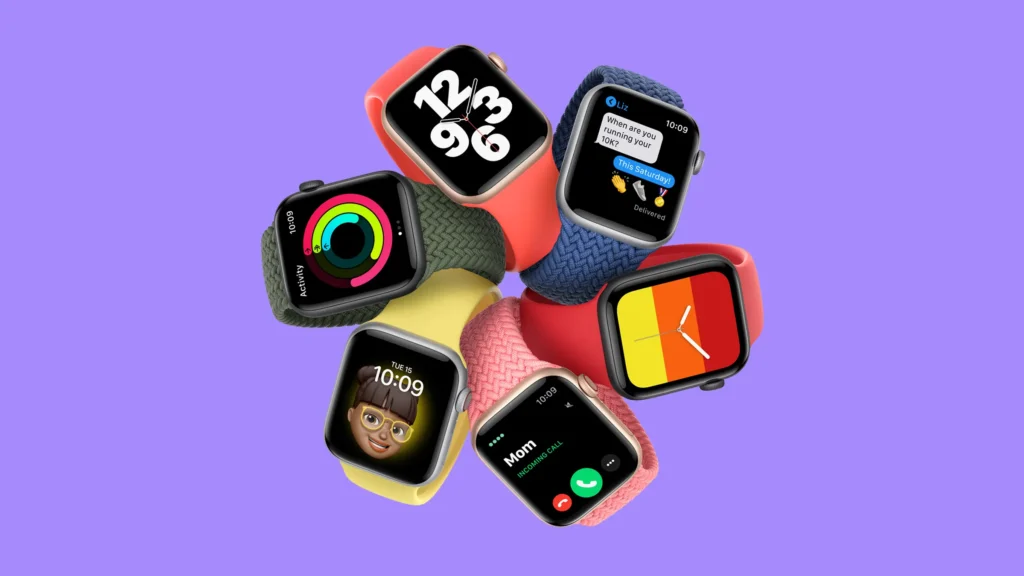Tech Tips: Want to Stop Websites From Monitoring Your Personal Data? Follow These Steps

Tech Tips: Our reliance on the internet for work, education, entertainment, and communication has increased significantly. Meanwhile, when using a PC or an Android smartphone to access the web, you can request the websites not track or collect your browsing information.

Tech Tips: Our reliance on the internet for work, education, entertainment, and communication has increased significantly. But as more of our business moves online, we also unwittingly or consciously share a lot of personal data with the websites we visit frequently without giving good encryption the attention it needs. They gather our private information, which, if it falls into the wrong hands, could be at risk for being used maliciously.Also Read – Want to Download E-Pan Card? Check Step By Step Guide Here
Meanwhile, when using a PC or an Android smartphone to access the web, you can request the websites not track or collect your browsing information. You can make a ‘Do not track’ request, which is disabled by default. Also Read – Planning to Travel Abroad? Check Step-by-Step Guide to Apply For Passport Online at Passport Seva Portal
HOW TO SEND A “DO NOT TRACK” REQUEST FROM DESKTOP
- Open your computer and then open the Google Chrome web browser on your device.
- Now click on the three-dot option that is present at the extreme top right-hand side of the screen.
- A drop-down menu will appear on the screen. From it, select the Settings option.
- Find the “Privacy and security settings” option from the drop-down menu. Click on the “Cookies and other site data” option.
- Turn Send a “Do not track” request with your browsing traffic on or off.
- “Enabling “Do Not Track” means that a request will be included with your browsing traffic. Any effect depends on whether a website responds to the request, and how the request is interpreted. For example, some websites may respond to this request by showing you ads that aren’t based on other websites you’ve visited. Many websites will still collect and use your browsing data – for example to improve security, to provide content, services, ads and recommendations on their websites, and to generate reporting statistics,” will pop as soon as you switch the settings on. Also Read – Want to Change Photo in Passport? Here’s Step-By-Step Guide
HOW TO SEND A “DO NOT TRACK” REQUEST FROM ANDROID APPLICATION
- Open your Android device and then open the Google Chrome web browser on your device.
- Now click on the three-dot option that is present at the extreme top right-hand side of the screen.
- Click on the Settings option.
- Find the “Privacy and security settings” option from the drop-down menu.
- Now click on the “Do Not Track” option and switch the settings on.
When we browse the web on computers or Android devices, we can send a request to websites not to collect or track your browsing data. It is turned off by default. “However, what happens to your data depends on how a website responds to the request. Many websites will still collect and use your browsing data to improve security, provide content, services, ads and recommendations on their websites, and generate reporting statistics,” Google in Help centre page said. Most websites and web services, including Google’s, do not change their behavior when they receive a Do Not Track request.
Recent Posts
- Astronomers detect first direct image of black hole expelling a powerful jet
- WhatsApp rolling out ‘reply with message’ feature within call notifications
- Multi-Device Pairing May Be Arriving for Apple Watch this Year
- Artificial Intelligence Discovers Hidden Giant, a Planet 5 Times Larger Than Jupiter
- Google CEO Sundar Pichai Talks Bard & The Future Of Search
Recent Comments

WhatsApp rolling out ‘reply with message’ feature within call notifications

Multi-Device Pairing May Be Arriving for Apple Watch this Year

Google CEO Sundar Pichai Talks Bard & The Future Of Search

AMD assures that Ryzen 7 7800X3D is only slightly behind Ryzen 9 7950X3D in games

Astronomers detect first direct image of black hole expelling a powerful jet

WhatsApp rolling out ‘reply with message’ feature within call notifications

Multi-Device Pairing May Be Arriving for Apple Watch this Year

